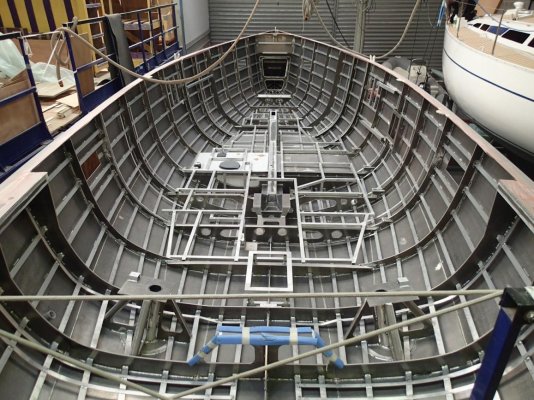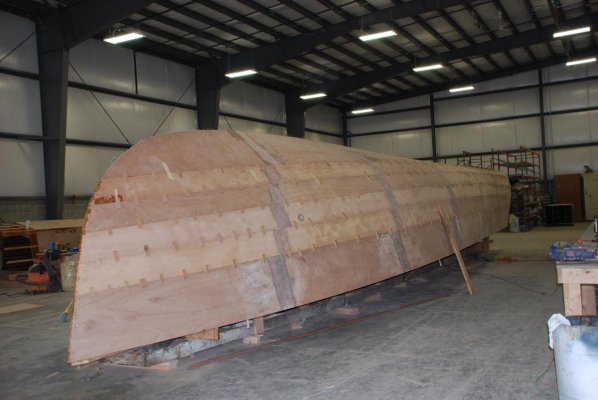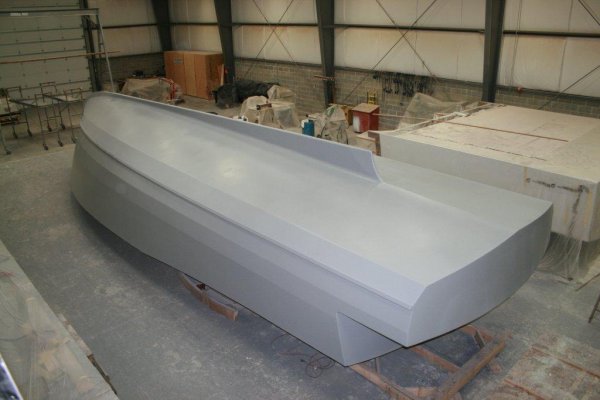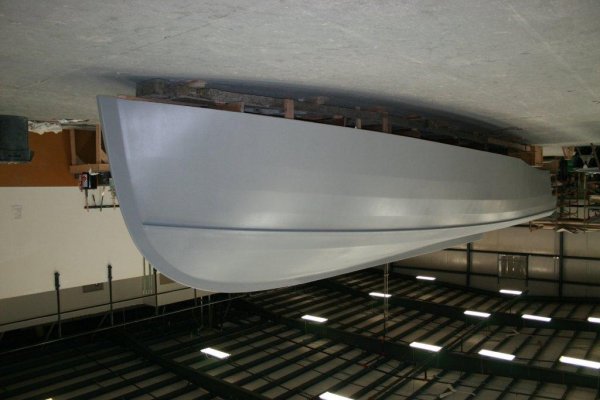Rustybarge
Guru
Hi all,
I love trawlers and workboats, but I find myself put off by modern GRP plastic reproductions. However lovely and accurate a GRP replica boat may look the question always remains 'Is that fibreglass?' Wood trim, SS fittings and period gear still do not answer the dilemma.
So I was thinking......
Why not trim a GRP hull in riveted alloy plate; it's a corrosion proof authentic material that's been used on smaller hulls for decades , so why not as a finish on bigger trawlers?
How would you attach it to the outside of glass fibre hull?

I love trawlers and workboats, but I find myself put off by modern GRP plastic reproductions. However lovely and accurate a GRP replica boat may look the question always remains 'Is that fibreglass?' Wood trim, SS fittings and period gear still do not answer the dilemma.
So I was thinking......
Why not trim a GRP hull in riveted alloy plate; it's a corrosion proof authentic material that's been used on smaller hulls for decades , so why not as a finish on bigger trawlers?
How would you attach it to the outside of glass fibre hull?










